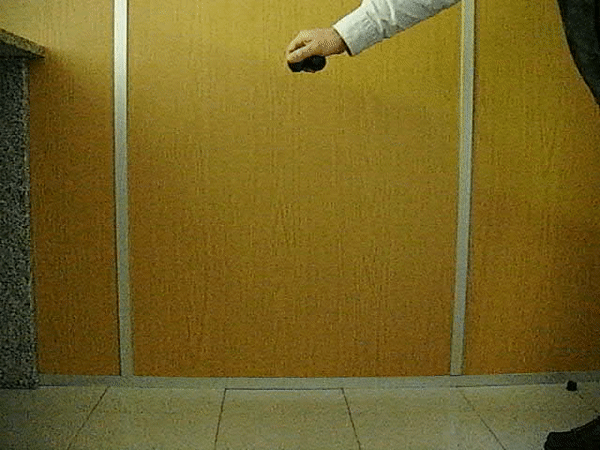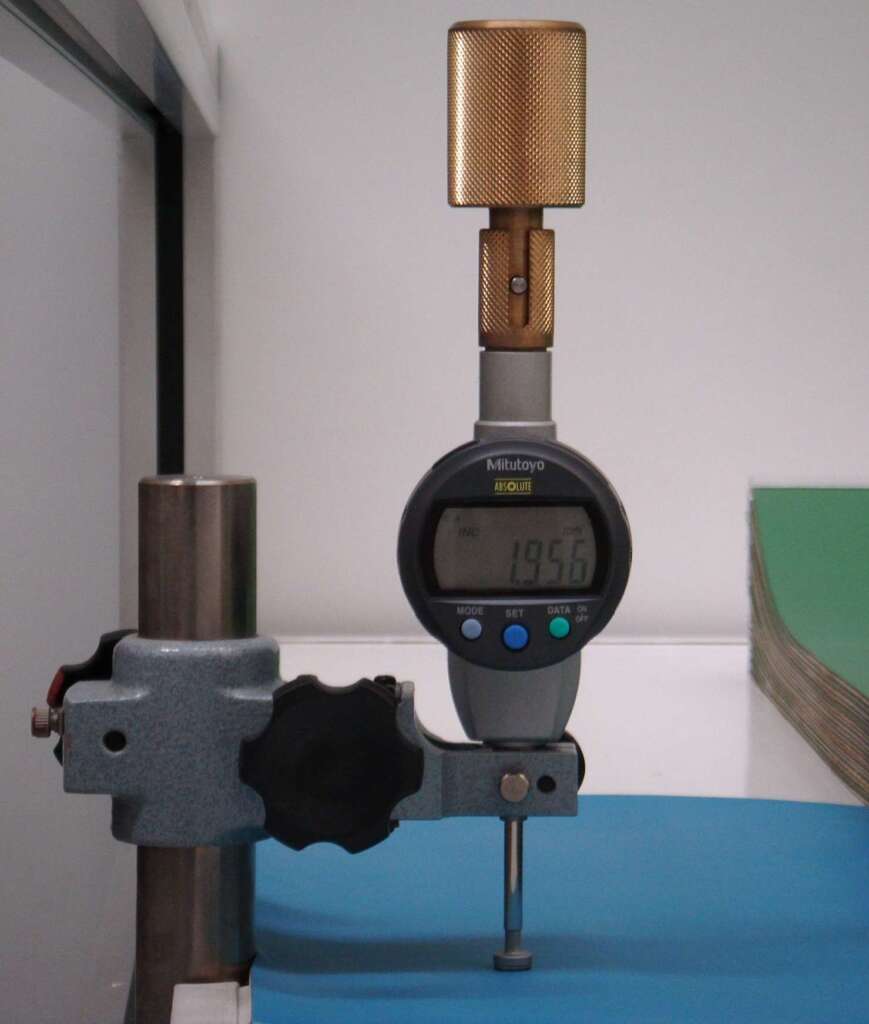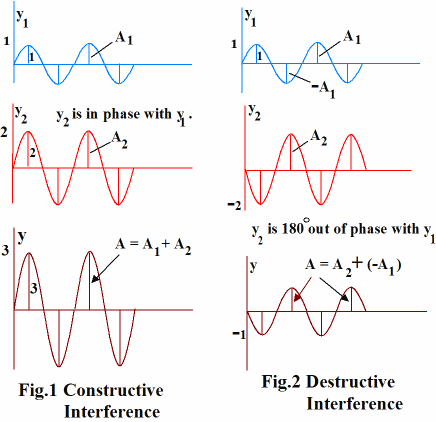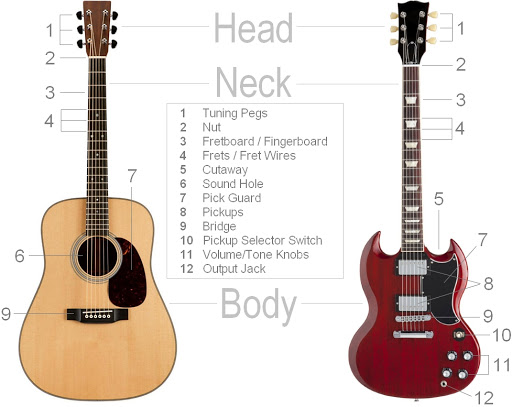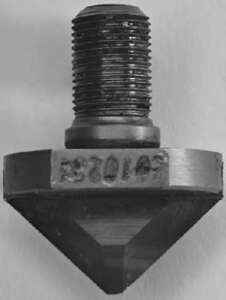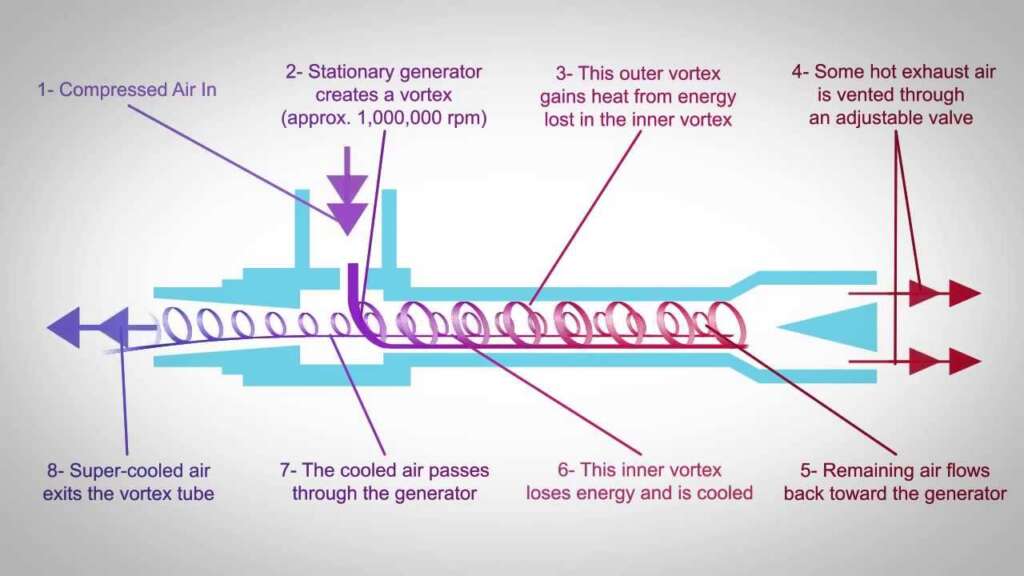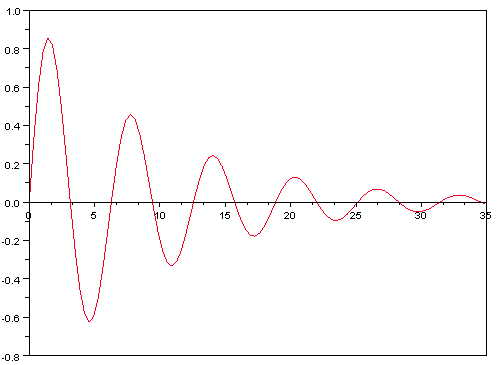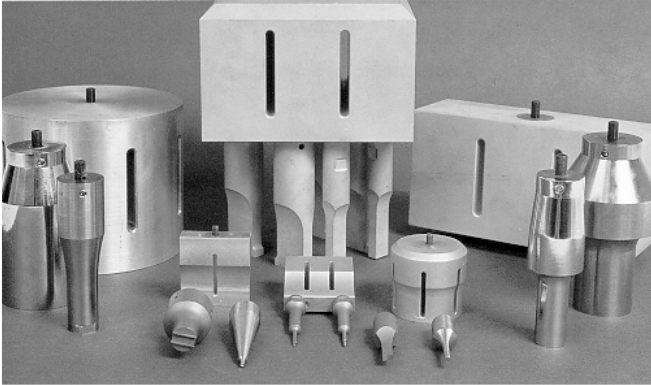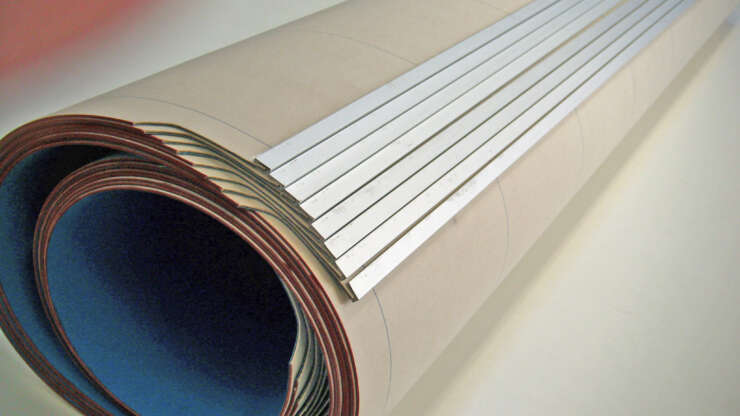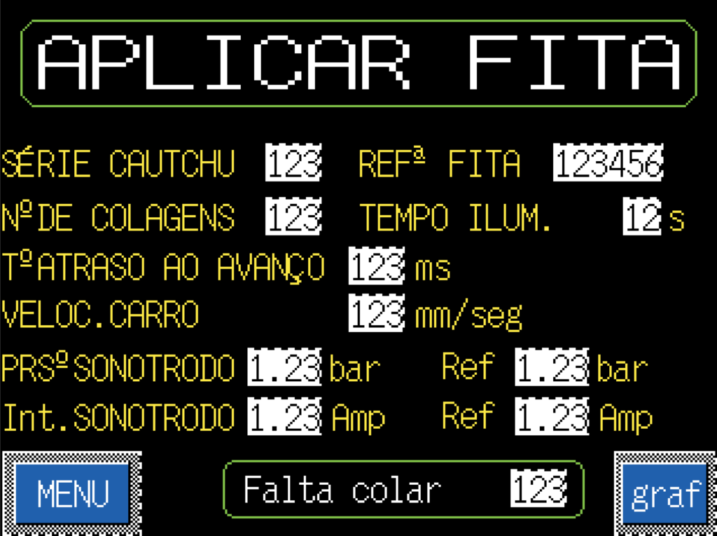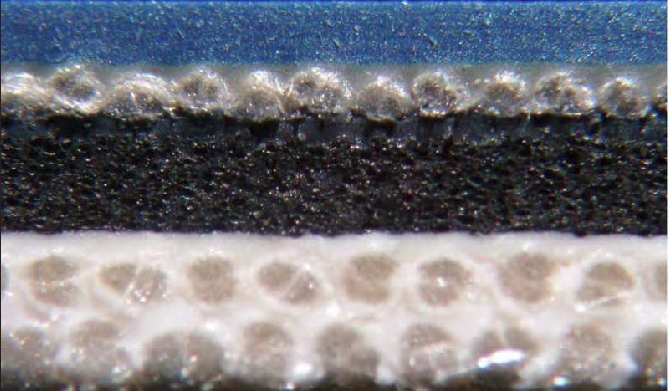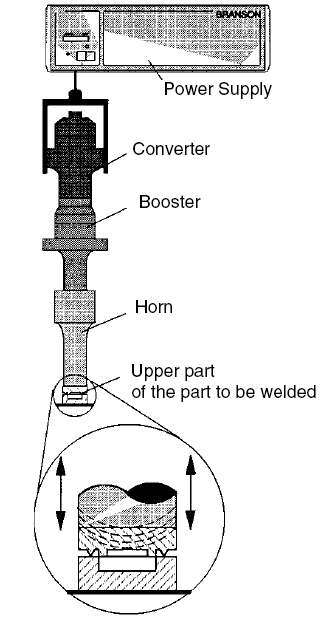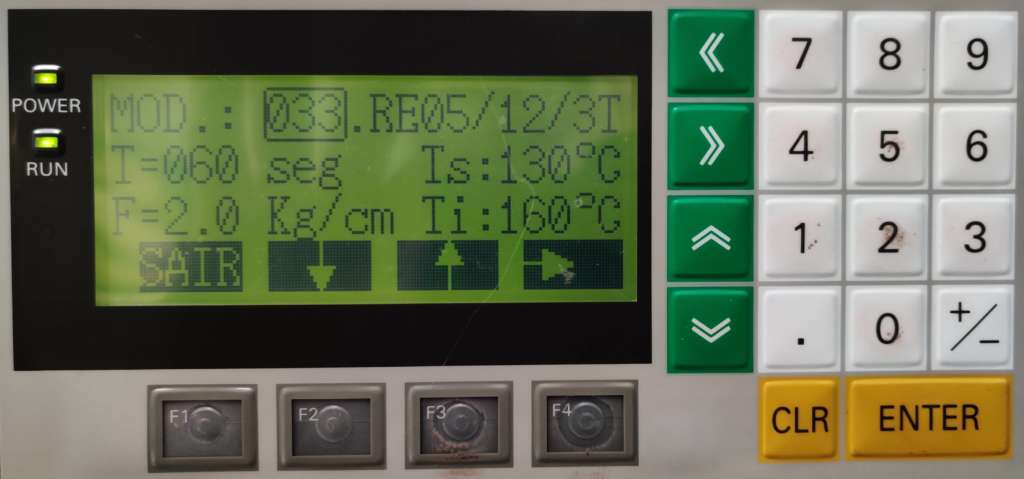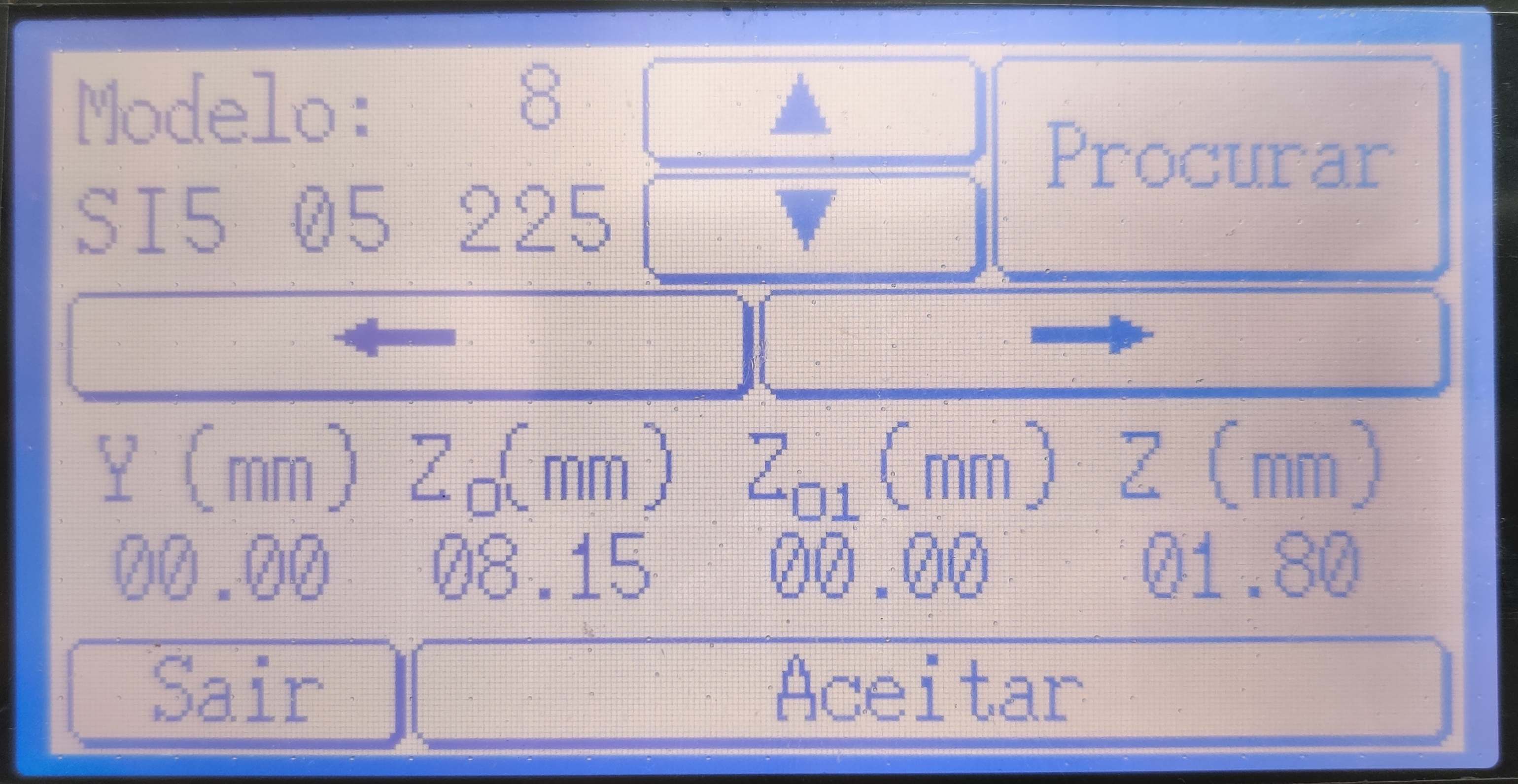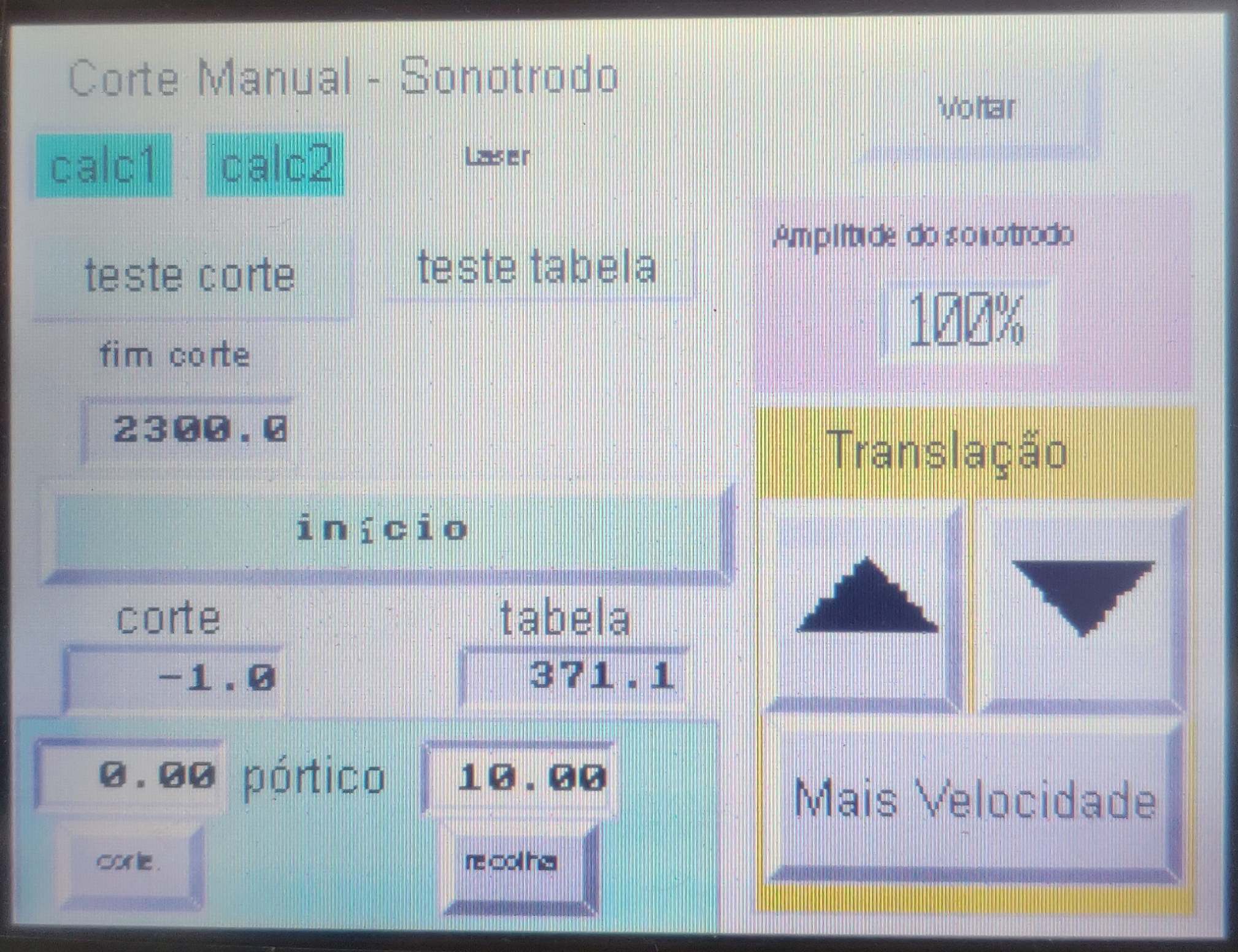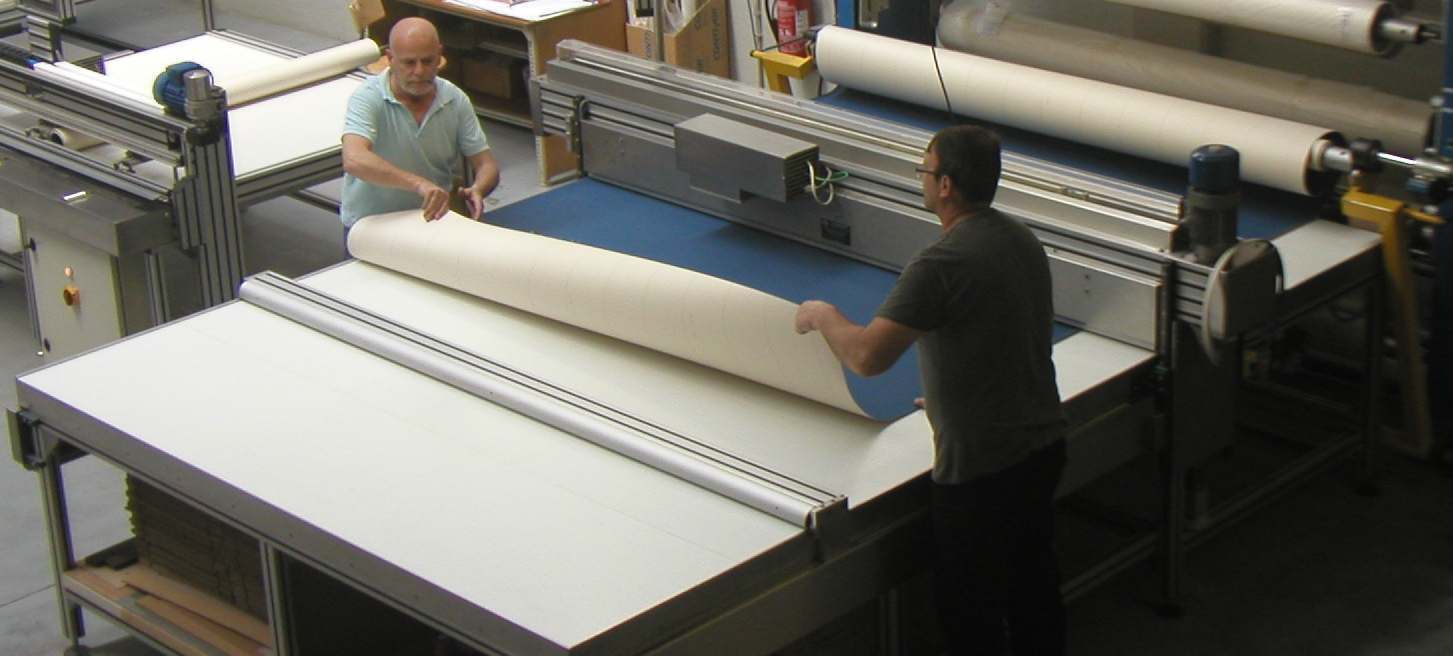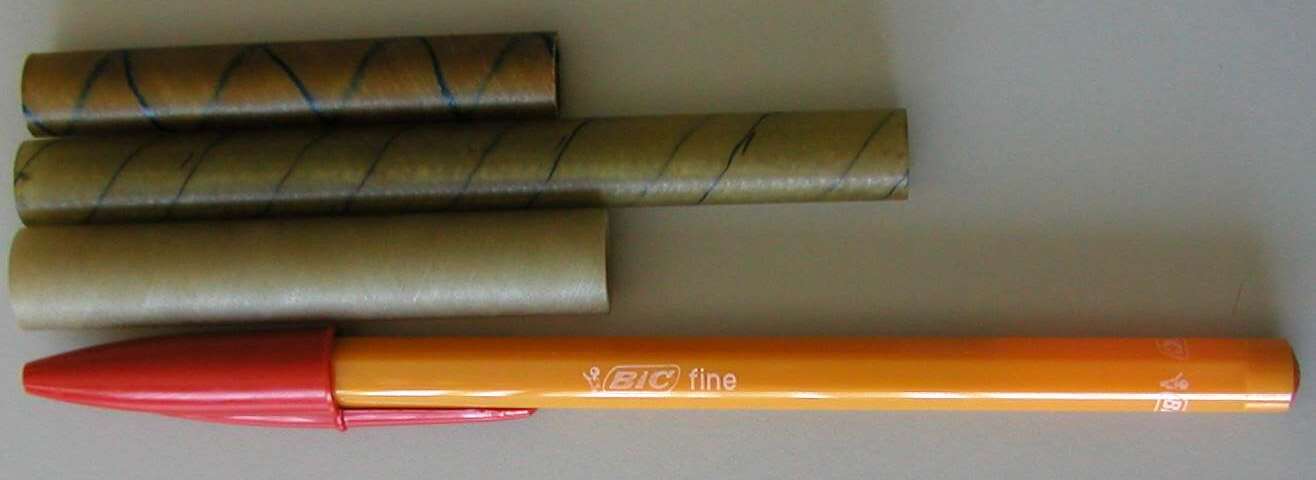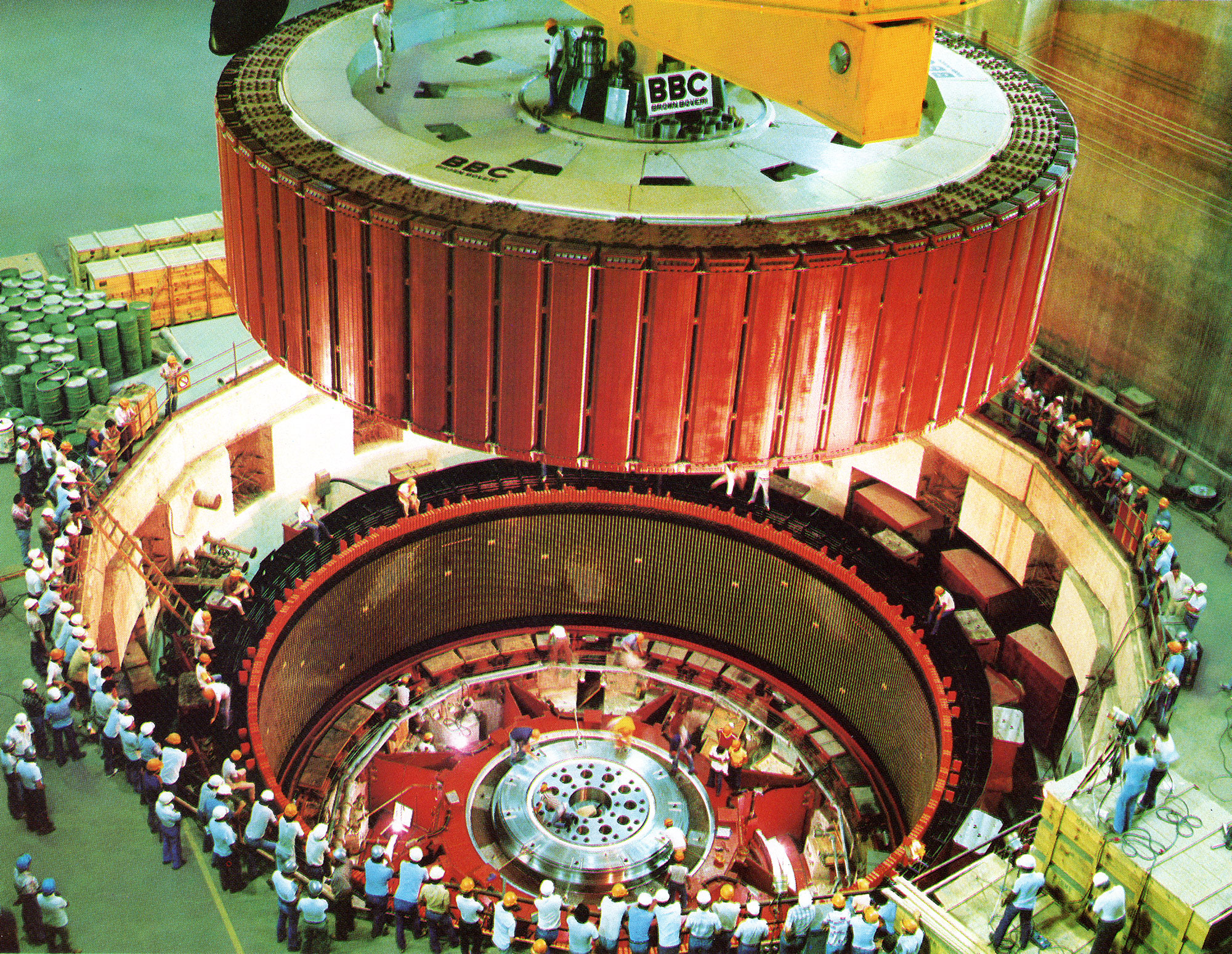About Our Company
Service to Offset Printing

Printers Blankets Conversion – The Introduction

- Introduction to printers blankets began in 1978, in Brazil, a decade before Iberográfica start.
Pre-washed sand was added during fibreglass reinforced polyester pipes production, following a United Technologies Corp patent license.
The judicious addition of filler was an effective means to magnify pipe thickness and stiffness.
As the respective pipelines were buried in trenches, pipe resistance against collapse was significantly increased.
This feature enabled to face successfully the extremely variable soil characteristics and stresses. Read more
- Dunlop Brasil – producing printers blankets and fuel pump diaphragm material – and a Auto Hose Manufacturer joined the group in 1985. They came altogether under the same technical direction, soon becoming clear that Printers Blankets and Rubbers formed a distinct “League”.
Previous composite experience was obviously doomed to be of no immediate value.
Printers Blankets Conversion – A Learning Process
- Iberográfica was a precursor of Brazilian industry diffusion across the Atlantic. At that time, however, printing blankets conversion consisted mostly in the simple cutting of rectangular format shapes from blanket rolls. Not to mention that a few holes punched near the grip edges were still required.
It was up to the printer to attach the format onto cumbersome steel bars. Afterwards those bars were screwed to the blanket cylinder tightening device.
Blankets with bars, as required by the odd new press models, had to be ordered abroad.
- Soon our conversion operation offered blanket formats fitted with in-house designed bar models. This service attracted the interest of 15+ retail dealers, including the Portuguese branch of Hoechst’s AG Kalle Division.
- It took almost ten years to put together the set of work stations required to convert blankets professionally.
- Today, IberoWIN a Custom Software Manual assists printers blankets production with on-line information, to the very minor detail. This includes every single figure and tolerance to be achieved, for each conversion operation.
Typically, production of barred blankets are divided from 20 to 30 operations, which parameters are inter-actively shaped. It is thus made possible to meet particular press model and printer specifications. - From the very start, identification of the best options for each individual blanket end user has been our key concern. But this proved to be a daring task.
- A laboratory, which equipment exceeds by far the needs of any blanket converter was persistently assembled. It was also manned by qualified personnel for an extended R&D period, until satisfactory results were obtained.
- It took almost 30 years to understand the relation of blanket design to printing response and adequate raw materials use.
- At last the relation between vitreous and elastomer-based composites was established and bright opportunities lie ahead for printers blankets.

